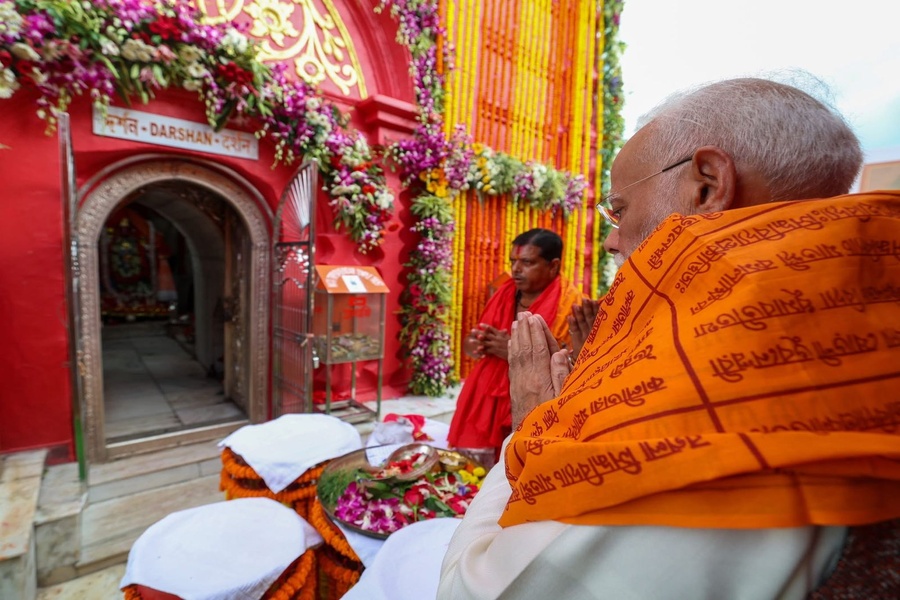Living in Delhi, far from the rolling hills of Tripura, I’ve often felt a quiet ache for the roots I never fully knew. Born and raised in cities across India, I’m no stranger to that sense of detachment many of us diaspora kids carry. But there’s something about food, how it weaves through time and distance to pull you back home. For me, that pull came through Mosdeng, a fiery, soulful chutney from Tripura that’s like a warm embrace from a place I’m still learning to call mine. My first taste of Tripura’s flavors was pork bharta, years ago somewhere in delhi. It wasn’t until much later three or four years down the road that I met Mosdeng, only to discover it’s a close cousin, sharing the same bold heart. That moment felt like piecing together a puzzle of my heritage, one spicy bite at a time. If you’ve been scrolling through X or Instagram, you’ve likely noticed Tripura tourism lighting up feeds with its lush forests, ancient temples, and vibrant tribal markets. This Northeastern state, once a princely kingdom, is having a moment, and its star dish, Wahan Mosdeng is stealing hearts (and stomachs) far beyond its borders.
Tripura’s Timeless Story
Tripura’s history reads like a story whispered by its rivers and hills. Ruled by the Manikya kings, it’s a land where 19 tribesTripuri, Reang, and more wove a rich cultural collage that still thrives. When the British arrived in the 1800s, they saw this diversity and kept the sisters Northeast at arm’s length with policies like the Inner Line Permit. The 1947 Partition further isolated Tripura, cutting it off from Bengal’s trade routes. Yet, that seclusion preserved something beautiful: a deep connection to the land and its traditions, unspoiled by the rush of the mainland. Northeastern food often gets slapped with an “exotic” label think pork, silkworms, or frog legs. But that’s a lazy stereotype. Tripura’s cuisine is about love for the earth and its people, rooted in simplicity and sustainability. Students from Tripura, studying far from home, still whip up Mosdeng in cramped hostel kitchens, a testament to how food keeps their roots alive, no matter where life takes them.
The Magic of Mosdeng
So, what’s Wahan Mosdeng? It’s tender pork, boiled until it melts in your mouth, mashed with fiery green chilies, onions, garlic, and a touch of ginger. Sometimes, a hint of fermented fish or fresh coriander sneaks in, sparking a flavor explosion that’s as bold as a Tripura monsoon. No oil, no fussjust pure, vibrant goodness that’s spicy enough to jolt you awake. But Mosdeng isn’t just for meat lovers. There’s Phantok Mosdeng with roasted brinjal, Tohan Mosdeng with chicken, or Mosdeng Serma, a tangy tomato chutney that’s made for rice. Crafted from ingredients often plucked straight from the forest, these dishes are healthy, sustainable, and deeply tied to Tripura’s way of life. What makes Mosdeng stand out? It’s not just the taste, it's the feeling. For someone like me, navigating Delhi’s chaos, one bite of Mosdeng is a portal to Agartala . It’s simple enough for a village hearth but bold enough to shine in a world of predictable cusines. Many people are raving about its fresh, zesty kick, a lighter, brighter alternative to the heavy dishes we know in the mainland.
A Dish That Unites
As Tripura’s tourism blooms online, Mosdeng is rewriting the story of Northeastern cuisine. It’s not “exotic”, it's comforting, familiar, and just a little magical. It’s a dish that finds you, whether you’re a traveler in Agartala or a lost kid like me, chasing roots from afar. One bite, and you’re family. So, next time you’re in Tripura or even at a Northeastern eatery in Delhi, seek out Mosdeng. It is more than just a dish; it is Tripura’s love letter to the world, a gentle reminder that Tripura and its sister states have always been, and will always remain, an inseparable part of India. It shows us that food, much like language, may carry regional twists yet shares common roots. And in that shared simplicity lies its magic food has the power to guide us back home, no matter how far we may have drifted.







